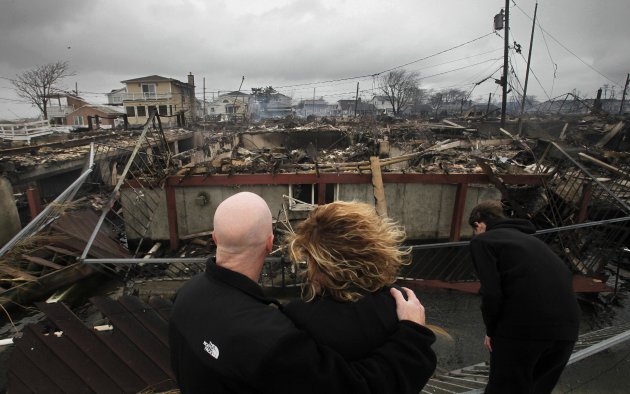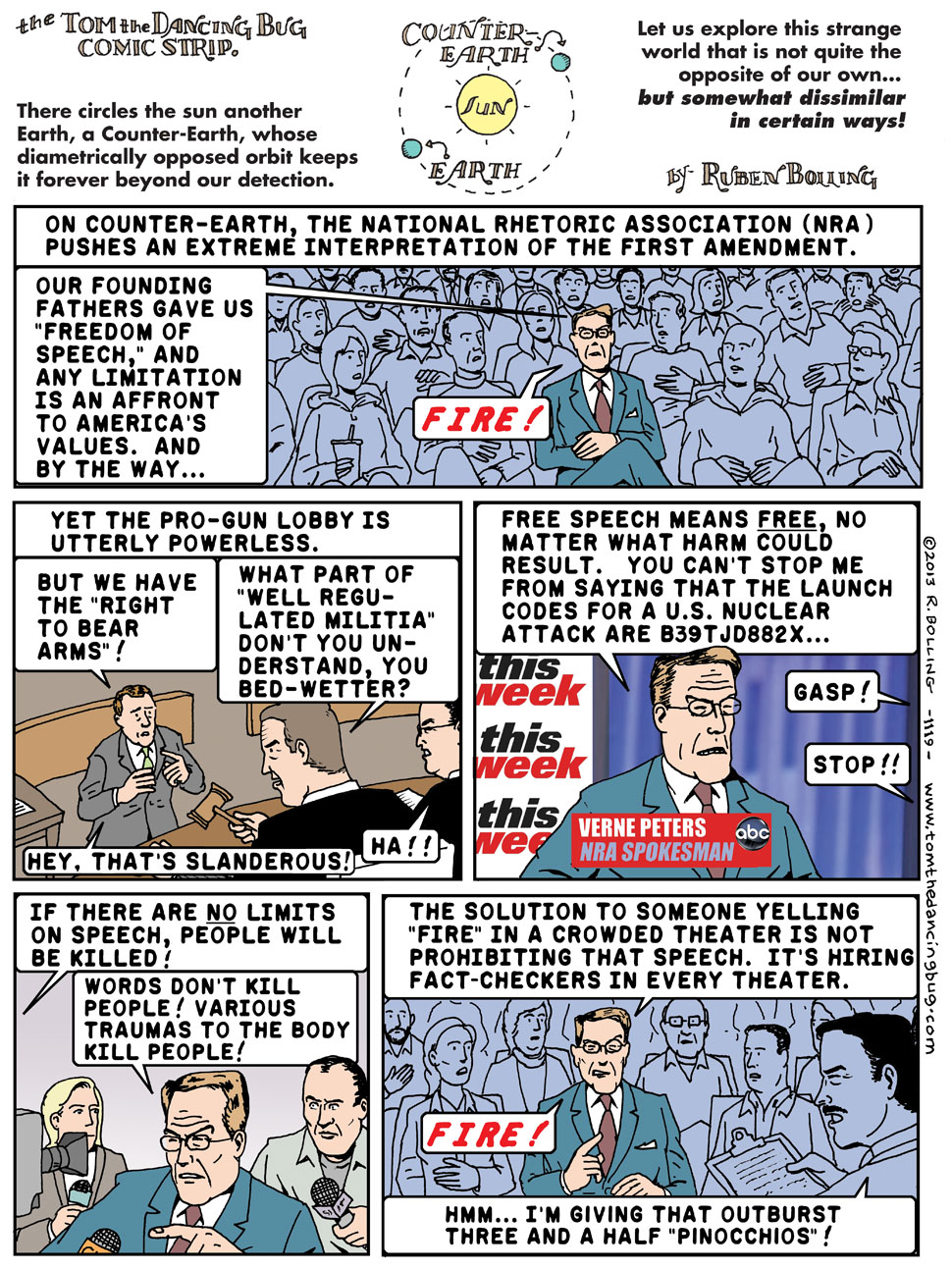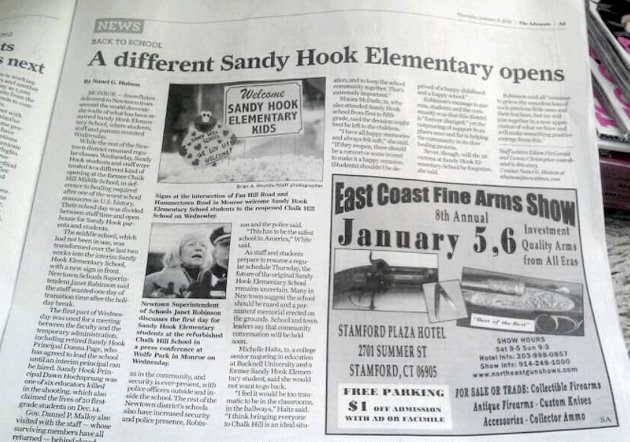
Under intense pressure from angry repugicans, House Speaker
John Boehner agreed Wednesday to a vote this week on aid for Superstorm Sandy recovery.
The speaker will schedule a vote
Friday for $9 billion for the national flood insurance program and
another on Jan. 15 for a remaining $51 billion in the package, repugican Rep. Peter King of New York said after emerging from a
meeting with Boehner and repugican lawmakers from New York and New Jersey. The votes will be taken by the new Congress that will be sworn in Thursday.
King left the session with Boehner without the anger that led him to rip into the speaker Tuesday night.
"It was a very positive meeting," King said, adding that Boehner, r-Ohio, assured the lawmakers present that the money from the two House
votes would roughly equal the $60 billion package of aid that passed the
Senate.
Since the votes will be taken in the new Congress, the Senate also
will have to approve the legislation. If the House, as expected,
approves the $9 billion flood insurance proposal, the Senate plans to
move quickly in hopes of approving the aid on a voice vote Friday. The
flood insurance money will help pay for claims by home and business
owners with coverage.
Sandy was the most costly natural disaster since Hurricane Katrina in 2005 and one of the worst storms ever in the Northeast.
"Getting critical aid to the
victims of Hurricane Sandy should be the first priority in the new
Congress, and that was reaffirmed today with members of the New York and
New Jersey delegations," Boehner said in a joint statement with House
Majority Leader Eric Cantor, r-Va.
Boehner's decision Tuesday night
to cancel an expected vote on Sandy aid before Congress ends its current
session provoked a firestorm of criticism from New York, New Jersey and adjacent states where the money will go, including many lawmakers in his own party.
According to King, Boehner explained that after the contentious vote
to avoid major tax increases and spending cuts called the "fiscal
cliff," Boehner didn't think it was the right time to schedule the vote
before the current Congress went out of business.
"What's done is done. The end result will be New York, New Jersey and Connecticut will receive the funding they deserve. We made our position clear last night. That's in the past," King said.
Rep. Chris Smith, r-N.J., added, "We do believe we have an iron clad commitment."
The Senate approved a $60.4 billion measure Friday to help with recovery from the October storm that devastated parts of New York, New Jersey
and nearby states. The House Appropriations Committee has drafted a
smaller, $27 billion measure for immediate recovery needs and a second
amendment for $33 billion to meet longer-term needs.
The $9 billion in flood insurance
money to be voted on Friday was originally in the $27 billion measure.
The votes on Jan. 15 will be for $18 billion in immediate assistance and
$33 billion for longer-term projects, including projects to protect
against future storms, King said.
Much of the money in the proposals is for immediate help for victims
and other recovery and rebuilding efforts. The aid is intended to help
states rebuild public infrastructure such as roads and tunnels and help
thousands of people displaced from their homes.
Some $5.4 million is for the Federal Emergency Management Agency's
disaster relief fund, $5.4 billion is to help transit agencies in New
York and New Jersey rebuild and another $3.9 billion is for the Housing
and Urban Development Department's development fund to repair hospitals,
utilities and small businesses.
New Jersey Gov. Chris Christie, a repugican, was among those sharply criticizing Boehner before the speaker changed course.
Christie said he was frustrated after Boehner withdrew the bill
Tuesday night and tried to call him four times that night, but none of
the calls were returned. Christie complained about the "toxic internal
politics" of the House majority. Christie said he had worked hard to
persuade House members to support Sandy aid, and was given assurances by repugican leaders that the bill would be voted on before Thursday.
"There is no reason for me at the moment to believe anything they
tell me," Christie said before Boehner announced there would be votes
this month.
King had branded Boehner's initial decision to pull the bill a "cruel knife in the back" to New York and New Jersey.
King was among an angry chorus of New York and New Jersey lawmakers
from both parties who blasted Boehner, with some saying his move was a
"betrayal."
In considering the Sandy aid package, the speaker was caught between
conservative lawmakers who want to offset any increase in spending and
Northeast and mid-Atlantic lawmakers determined to help their states
recover more than two months after the storm hit.
The criticism of Boehner on the House floor was personal at times,
and reflected in part the frustration among the rank-and-file over the
decision to press ahead with a vote on the fiscal cliff deal engineered
by the White House and Senate repugican leader Mitch McConnell. Boehner had
been struggling with conservatives who complained that the economic
package didn't include enough spending cuts.
Reps. Michael Grimm, a repugican, and Jerrold Nadler, a Democrat,
said in angry House floor remarks that while they did not agree on much,
Boehner's decision amounted to a "betrayal" and a crushing blow to
states battered by the storm.
President Barack Obama also called for an immediate House vote. Sen.
Kirsten Gillibrand, D-N.Y., raised the political temperature even more.
She said Boehner should come to Staten Island and the Rockaways to
explain his decision to families whose homes and businesses were
destroyed. "But I doubt he has the dignity nor the guts to do it,"
Gillibrand said.
Obama, meanwhile, called for
House repugicans to vote on the Sandy aid "without delay for our fellow
Americans." The president said in a written statement that many people
in New York,
New Jersey and Connecticut are trying to recover from the storm and
need "immediate support with the bulk of winter still in front of us."
The White House said Obama spoke
Wednesday with Christie about the importance of the disaster aid bill,
and that the president's staff was in touch with New York Gov. Andrew Cuomo's team too as Obama lobbied for House action.
Christie and Cuomo, a Democrat,
issued a joint statement, saying, "The fact that days continue to go by
while people suffer, families are out of their homes, and men and women
remain jobless and struggling during these harsh winter months is a
dereliction of duty."
Rep. Frank Pallone Jr., D-N.J.,
blamed tea party lawmakers and conservatives who were reluctant to
approve new spending soon after the debate over the "fiscal cliff"
budget issues for the sudden move by repugican leaders. He said the move was
"deplorable."
More than $2 billion in federal
funds has been spent so far on relief efforts for 11 states and the
District of Columbia struck by the storm, one of the worst ever to hit
the Northeast. The Federal Emergency Management Agency's disaster relief
fund still has about $4.3 billion, enough to pay for recovery efforts
into early spring, according to officials. The unspent FEMA money can
only be used for emergency services, said Pallone.
New York,
New Jersey, Connecticut, District of Columbia, West Virginia, Virginia,
Maryland, New Hampshire, Delaware, Rhode Island, Pennsylvania and
Massachusetts are receiving federal FEMA aid.
Sandy was blamed for at least 120
deaths and battered coastline areas from North Carolina to Maine. New
York, New Jersey and Connecticut were the hardest hit states and
suffered high winds, flooding and storm surges. The storm damaged or
destroyed more than 72,000 homes and businesses in New Jersey. In New
York, 305,000 housing units were damaged or destroyed and more than
265,000 businesses were affected.



 Little
kids sure pick up languages fast - but what you probably don't know is
that even newborn are linguistic whizzes from learning the sounds of their
mother tongue while in utero:
Little
kids sure pick up languages fast - but what you probably don't know is
that even newborn are linguistic whizzes from learning the sounds of their
mother tongue while in utero:











 The
New York Times sat down with the owners of three Manhattan Italian
restaurants to discuss the correct way to eat pasta. They mostly agreed
on a few rules: you don't put cheese on a seafood-based dish, you don't
break pasta before cooking it, and you don't eat spaghetti with a spoon.
The
New York Times sat down with the owners of three Manhattan Italian
restaurants to discuss the correct way to eat pasta. They mostly agreed
on a few rules: you don't put cheese on a seafood-based dish, you don't
break pasta before cooking it, and you don't eat spaghetti with a spoon. How
delicious is that cup of hot chocolate? The answer may lie in the color
of the cup as much as the drink itself:
How
delicious is that cup of hot chocolate? The answer may lie in the color
of the cup as much as the drink itself:









 From
From  Selling
jewelry or even naked photos of your ex after a bad breakup is understandable.
But selling secret fishing spots? Now that's just low.
Selling
jewelry or even naked photos of your ex after a bad breakup is understandable.
But selling secret fishing spots? Now that's just low.